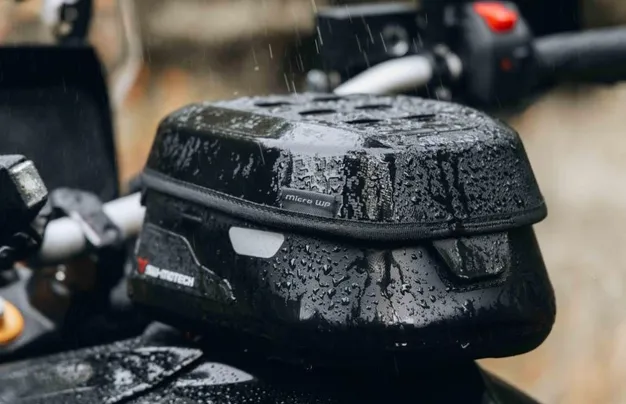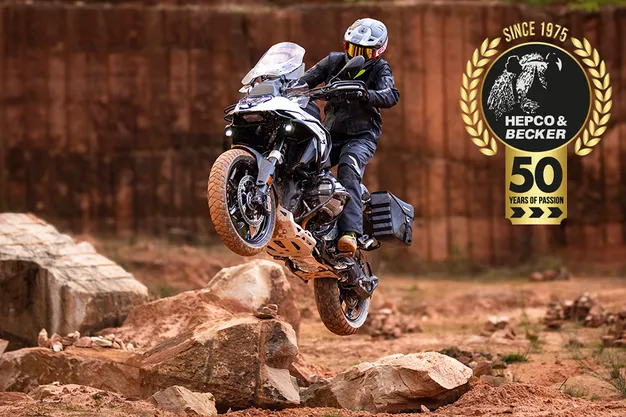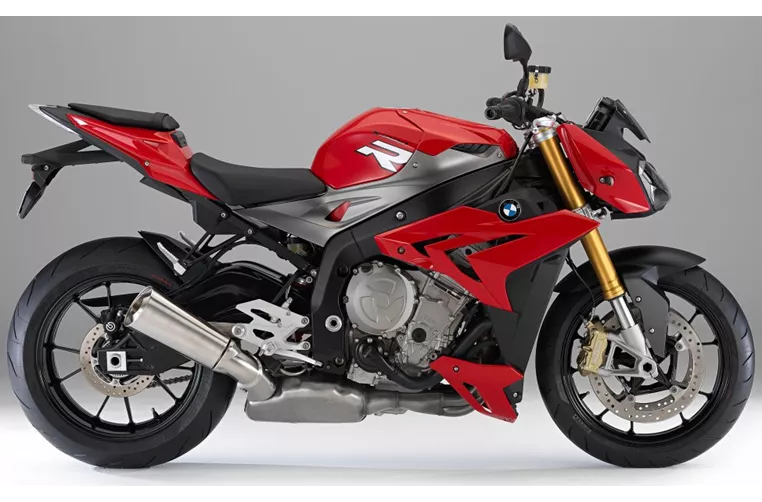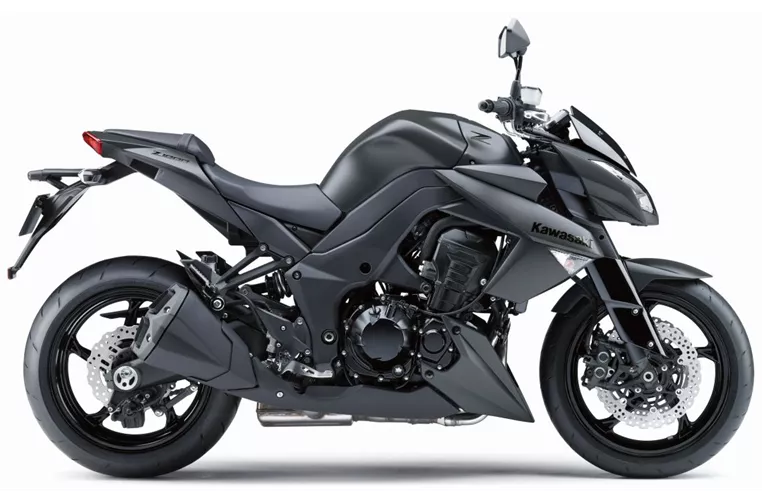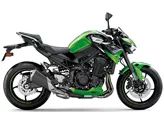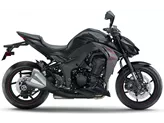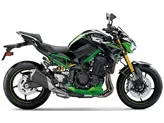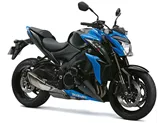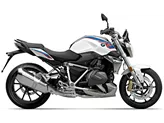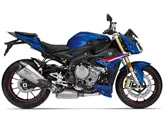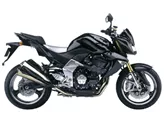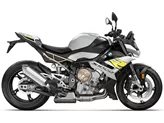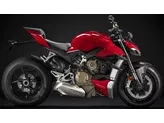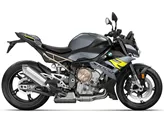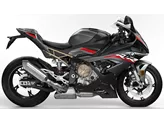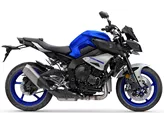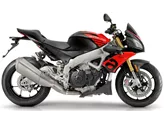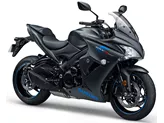BMW S 1000 R 2016 vs. Kawasaki Z1000 2013
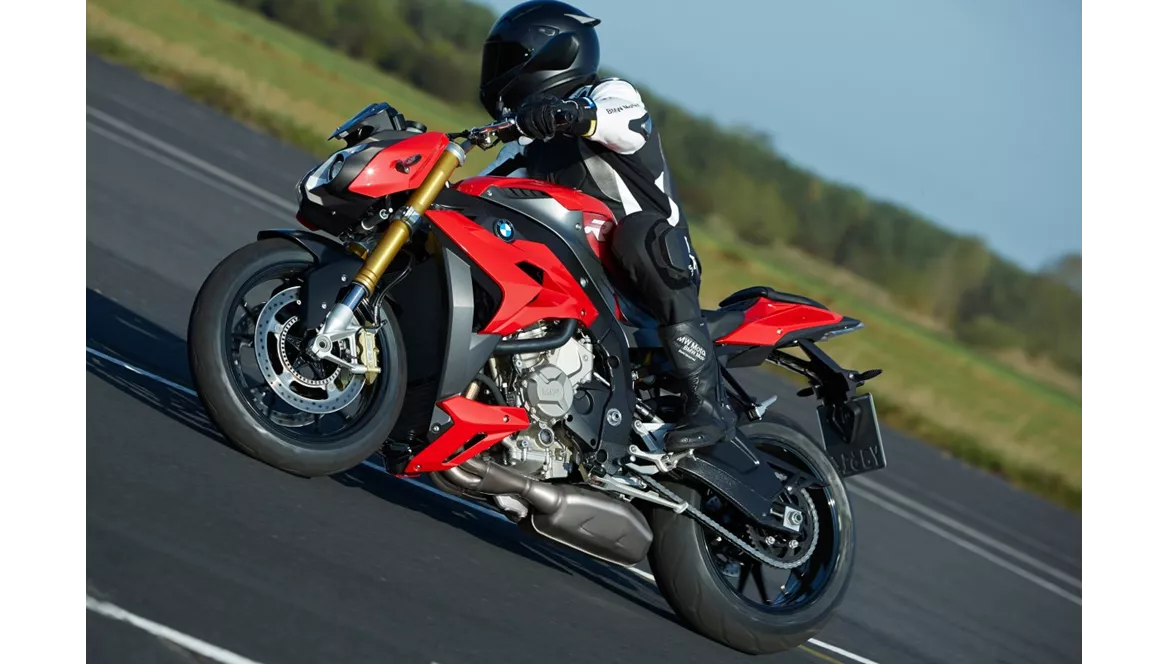
BMW S 1000 R 2016

Kawasaki Z1000 2013
Přehled - BMW S 1000 R 2016 vs Kawasaki Z1000 2013
The BMW S 1000 R 2016 and the Kawasaki Z1000 2013 are both naked bikes with similar engine types, in-line four cylinders. However, there are several differences between the two models.
In terms of engine power, the BMW S 1000 R 2016 comes out on top with 160 HP, while the Kawasaki Z1000 2013 offers 138 HP. This gives the BMW an advantage in terms of acceleration and top speed. The torque is also higher on the BMW, with 112 Nm compared to the Kawasaki's 110 Nm.
Both bikes feature upside-down telescopic forks for the front suspension, providing a smooth and controlled ride. The chassis of both bikes is made of aluminum, which offers a good balance between strength and weight. However, the BMW S 1000 R 2016 has a twin tube frame, while the Kawasaki Z1000 2013 has a double cradle frame. The twin tube frame on the BMW is known for its rigidity and stability, providing better handling and control.
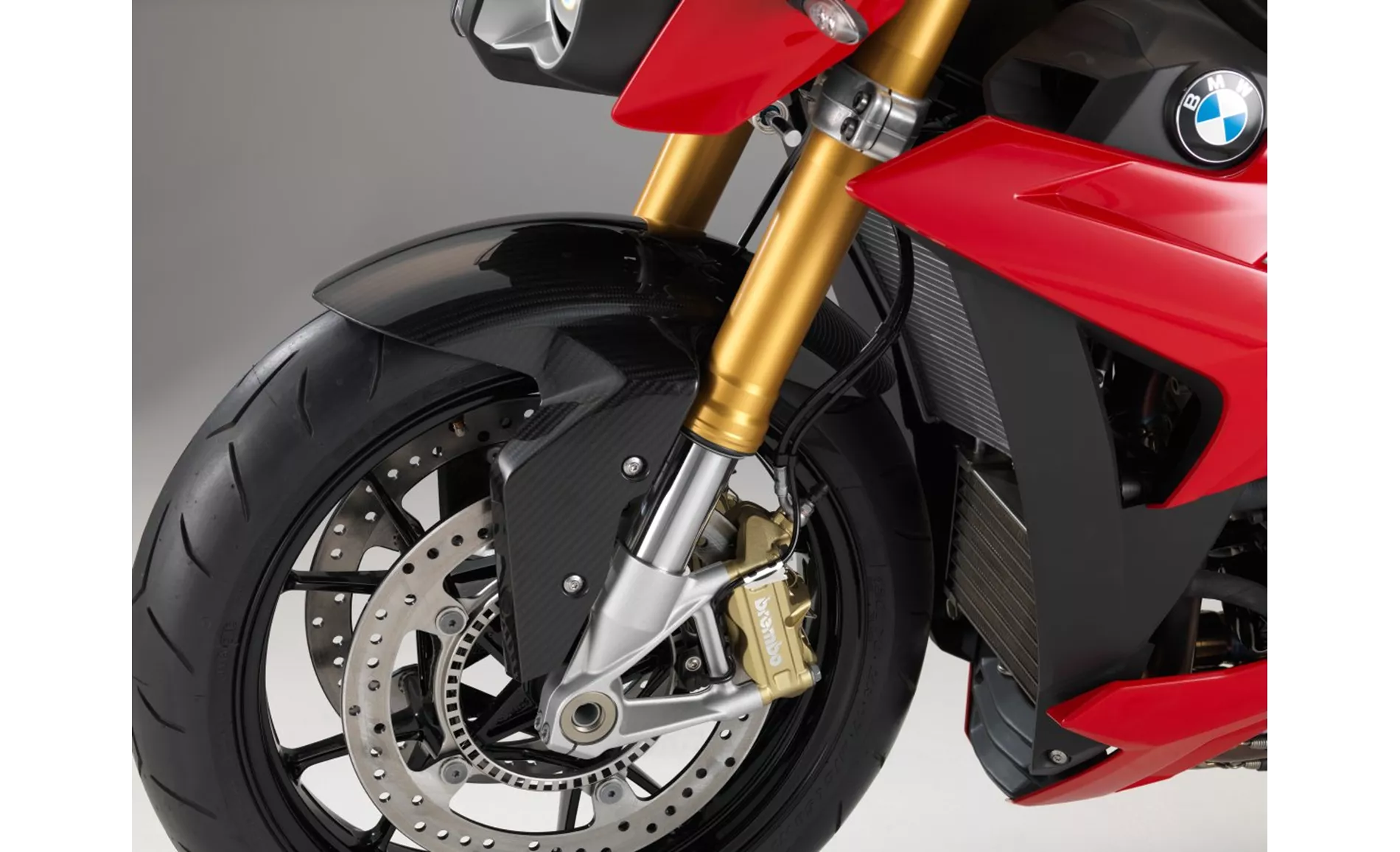
BMW S 1000 R 2016
In terms of braking, both bikes have double disk brakes with four pistons at the front. The BMW S 1000 R 2016 has radial technology for its front brakes, which offers better braking performance and control. The Kawasaki Z1000 2013 also has radial technology, but it also features petal brakes, which provide better heat dissipation and improved braking performance.
Both bikes have the same front and rear tire dimensions, with a width of 120 mm and a diameter of 17 inches. The wheelbase is slightly longer on the Kawasaki Z1000 2013, measuring 1440 mm compared to the BMW's 1439 mm. The seat height is also similar, with the Kawasaki measuring 815 mm and the BMW measuring 814 mm.
In terms of fuel tank capacity, the BMW S 1000 R 2016 has a larger tank with a capacity of 17.5 liters, compared to the Kawasaki Z1000 2013's 15 liters. This gives the BMW a longer range and fewer stops for refueling.
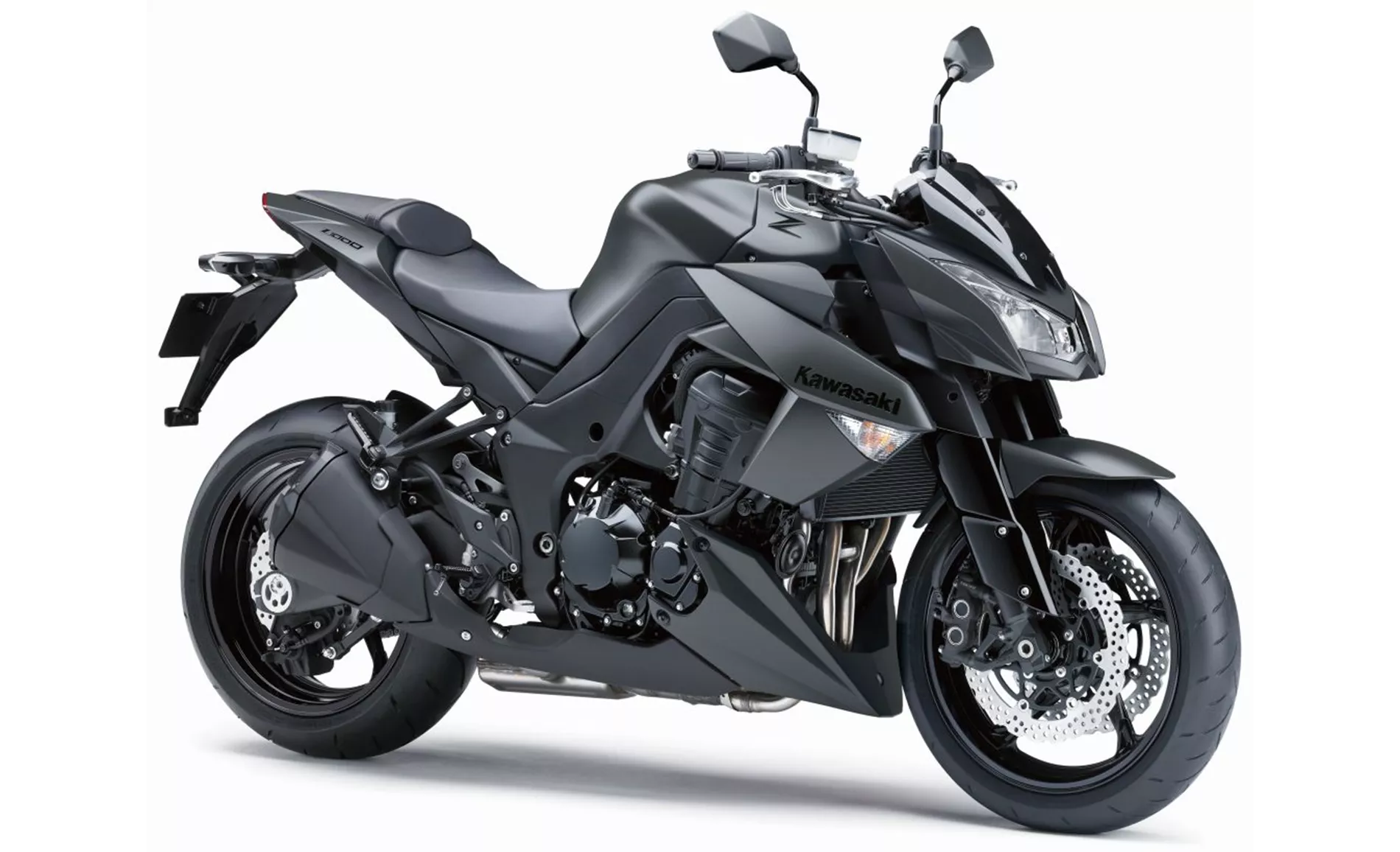
Kawasaki Z1000 2013
In terms of strengths, the BMW S 1000 R 2016 has a powerful and well-controllable engine, a powerful braking system, and a comfortable seating position. The Kawasaki Z1000 2013, on the other hand, has a powerful engine with a rich sound and a unique design.
However, the BMW S 1000 R 2016 does have some weaknesses, including the fact that its optional extras are expensive and hard to resist. Additionally, the chassis of the BMW is known to be hard, which can result in a less comfortable ride. The Kawasaki Z1000 2013, on the other hand, lacks traction control and has a nervous chassis, which can affect stability and handling.
In conclusion, both the BMW S 1000 R 2016 and the Kawasaki Z1000 2013 are powerful naked bikes with their own strengths and weaknesses. The BMW offers a more powerful engine, better braking performance, and a comfortable seating position, while the Kawasaki has a unique design and a rich sound. Ultimately, the choice between the two will depend on the rider's preferences and priorities.
Technické údaje BMW S 1000 R 2016 ve srovnání s Kawasaki Z1000 2013
Výhody a nevýhody ve srovnání
Výhody a nevýhody ve srovnání
BMW S 1000 R 2016
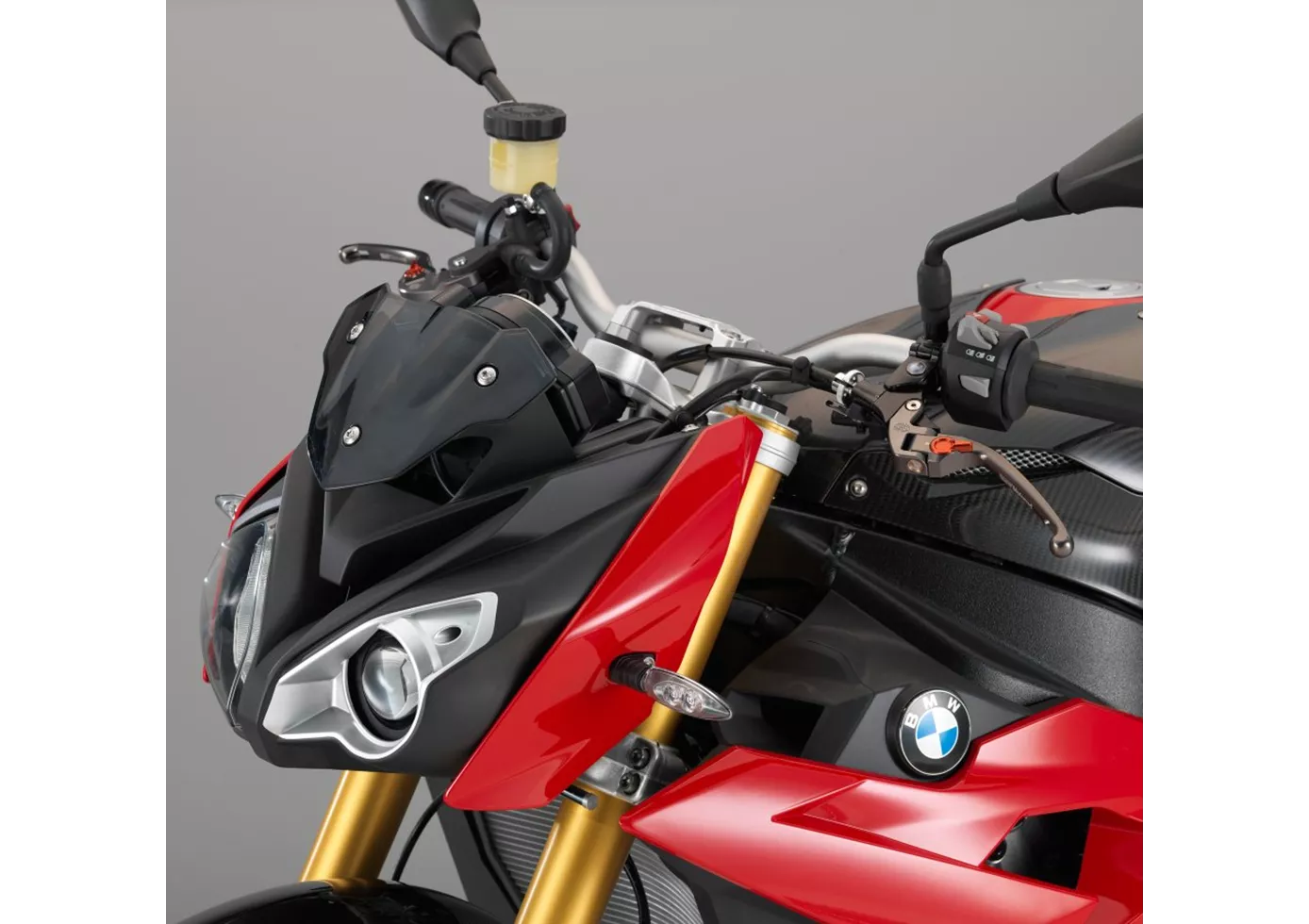
U BMW S 1000 R je patrná jak blízká příbuznost se superbikem S 1000 RR, tak snaha vybavit stroj vysokou mírou komfortu pro venkovské cesty a každodenní používání. V souladu s tím je čtyřválcová pohonná jednotka o objemu 1000 cm3 brutální, a přesto snadno ovladatelná, a pozice sedadla je odpovídajícím způsobem sportovní a pohodlná. Skutečnost, že S 1000 R patří mezi cenově nejdostupnější výkonné naháče, je překvapivá a velmi potěšující, i když se člověk nesmí chytit seznamu příplatkové výbavy - protože díky mnoha neodolatelným prvkům bude jistě dražší.
Kawasaki Z1000 2013
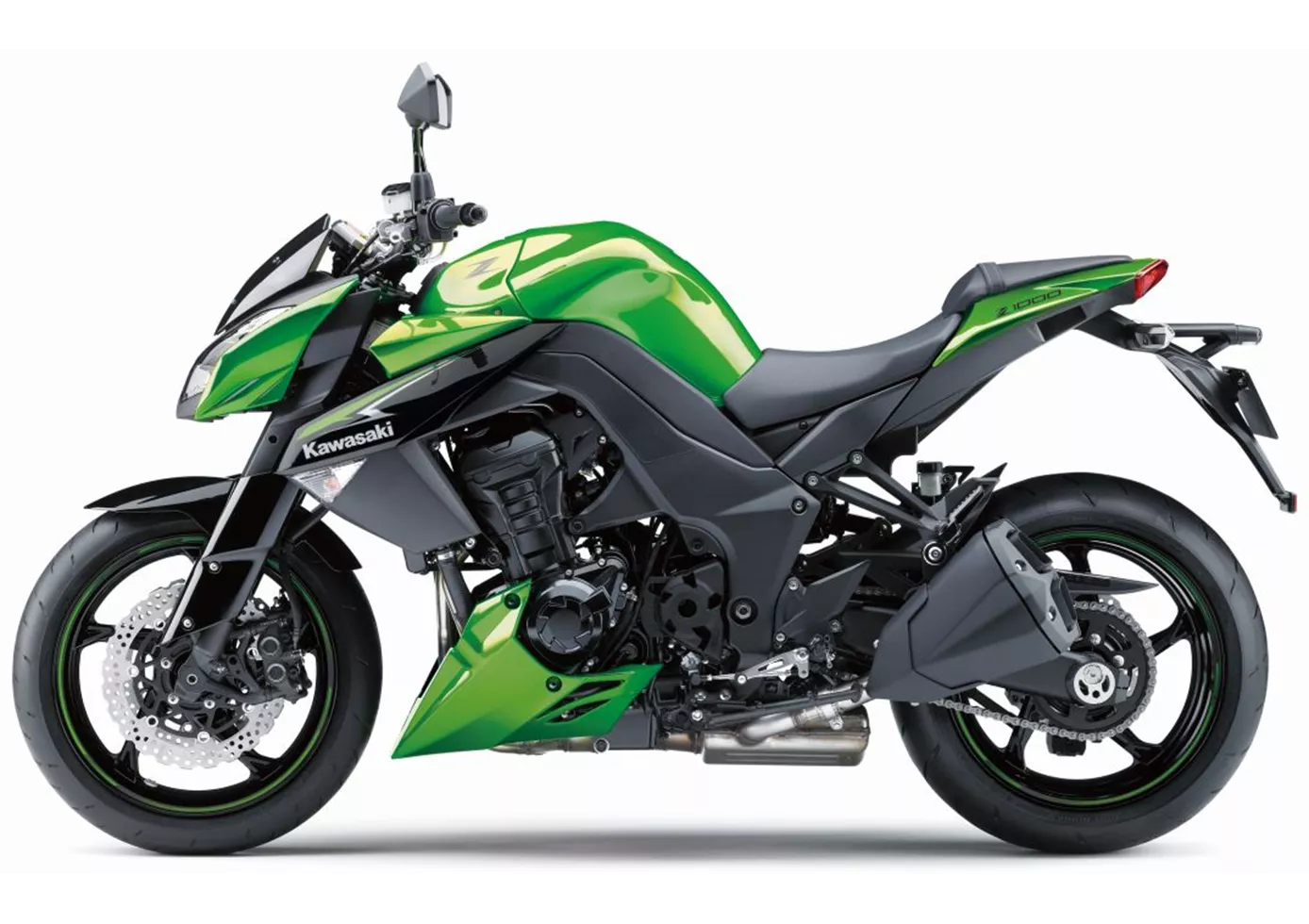
Celkově lze říci, že nová Z1000 je úspěšným pokračováním svého předchůdce. Absence kontroly trakce je spíše marketingovým problémem než problémem pro koncové zákazníky.
Srovnání cen průměrná tržní cena BMW S 1000 R vs Kawasaki Z1000
There are a few key differences between a BMW S 1000 R 2016 and a Kawasaki Z1000 2013. In terms of price, the actual average price of a BMW S 1000 R 2016 is about 38% higher. A BMW S 1000 R 2016 experiences a loss of 380 USD in one year and 1,940 USD in two years of ownership. This is offset by a loss of 730 USD and 730 USD for a Kawasaki Z1000 2013. Compared to Kawasaki Z1000 2013 there are more BMW S 1000 R 2016 bikes available on the 1000PS.de Marketplace, specifically 10 compared to 4. With 69 days it takes the same amount of time to sell a BMW S 1000 R or a Kawasaki Z1000. Since model year 2014 1000PS.de editors have written 62 reviews for the BMW S 1000 R and 41 reviews for the Kawasaki Z1000 since model year 2005. The first review for the BMW S 1000 R was published on 11/3/2013 and now has more than 17,300 views. This compares to more than 5,800 views for the first review on Kawasaki Z1000 published on 9/2/2002.


